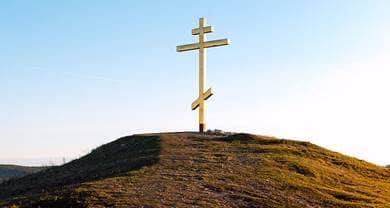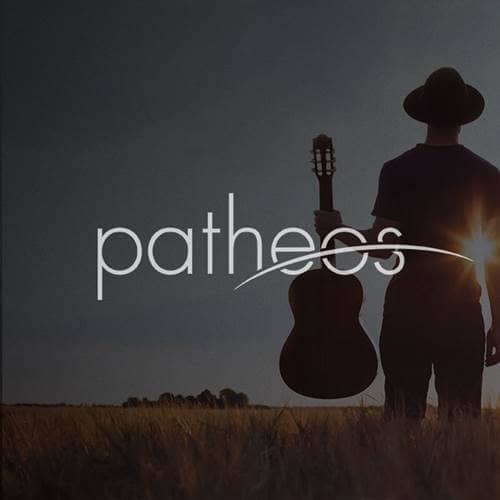- Trending:
- Forgiveness
- |
- Resurrection
- |
- Joy
- |
- Feminism
- |
- Afterlife

RELIGION LIBRARY
Eastern Orthodoxy
Gender and Sexuality
The first stage of the major orders of clergy, the diaconate, includes a process for the ordination of women. Women served as deacons in the early church, and in the Christian east women were ordained to the diaconate using the precise same rites as those used to ordain male deacons. While evidence is lacking that female deacons preached or assisted in the administration of the Divine Liturgy, the rites of ordination do not rule out these roles in principle. Research into the role of women in the early church is ongoing, and there is still much to be learned. The order of deaconesses began to fall into disuse in the 6th or 7th century, and by the 11th century female deaconesses had virtually disappeared, although ordination of women to the role of deacon was never abolished. Since there aren't enough deacons to serve in every area, the revival of the order of deaconesses has become an urgent priority for some Orthodox Christians.
Ordination of women to the priesthood is another matter. There is no record of women serving as priests in the 2,000-year history of Eastern Orthodoxy, and due to the reverence that Orthodoxy has for holy tradition, generally Eastern Orthodoxy views the ordination of women as an unwelcome innovation. However, some Orthodox Christians are pushing for a careful examination of the matter, since careful consideration of questions of doctrine is also a significant feature of holy tradition. The purpose is not to create an argument for the ordination of women, but to ensure that the churches complete a full deliberation of the matter. These Orthodox Christians suggest that certain key questions have not been fully explored, such as the role of inherited cultural stereotypes in the exclusion of women from the priesthood. What is a priest? Does the exclusion of women from the priesthood flow from genuine Orthodox theological principles? What is the church's teaching on gender-appropriate ministries? There is potential for an open discussion on these questions in Orthodox circles.
That discussion may ultimately be promoted by women in the Eastern Orthodox tradition. Enrollment of women in Orthodox theological schools and seminaries is up in Greece, Russia, and the United States. There are active women's groups in many of the autocephalous regions, especially in the United States, all seeking to redefine and revitalize the role of women in the church. The active and welcome presence of women is provoking new insights into how the various ministries of the church might be the most effective and vital in meeting the challenges to the witness of the churches in the 21st century.
Marriage is a sacrament in Eastern Orthodoxy, and while the hope is that the marriage will represent a lifelong commitment, Orthodoxy accepts divorce. While divorce is seen as a painful tragedy, it is allowed, primarily in the case of adultery, but in other cases as well. Divorce decrees issued by the civil authorities are not recognized, however. Divorce is only recognized when authorized by the church. In those cases, second and even third marriages are allowed. It is forbidden to marry a fourth time.
Sexual intercourse is only acceptable within marriage. Pre-marital sex is not sanctioned by the church, and homosexual relations are also prohibited. Traditionally birth control was forbidden, but in the modern Eastern Orthodox churches, the use of contraceptives within the sacrament of marriage is seen as responsible. Married couples make their own decisions on the number of children they will have and when. Abortion is absolutely prohibited.
Study Questions:
1. Are women given equal opportunities for leadership roles within the church? Explain.
2. What strides have women made for achieving equality within the church?
3. How does Eastern Orthodoxy view marriage and divorce?
4. Describe Eastern Orthodoxy’s understanding of the relationship between sexuality and marriage.










